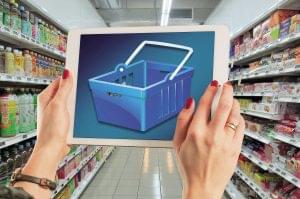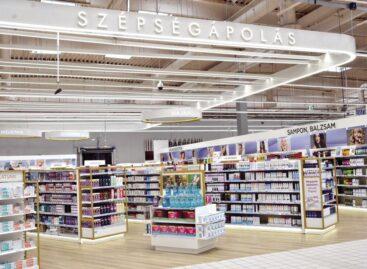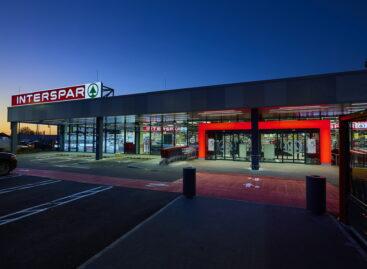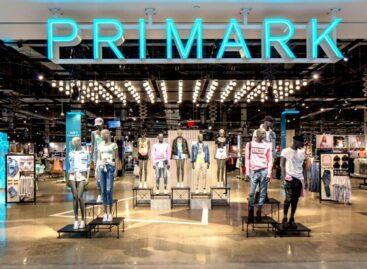Slower growth rate in e-commerce in the first half of 2022
Domestic online sales were worth HUF 570bn in the first six months of 2022, having grown by 14.5%. In the last two years the pandemic gave a boost to digitalisation, which entailed a growth rate for e-commerce that was more than twice as big as before the pandemic: in the first half of 2020 the average growth jumped from the former 16-17% to 43.8%; in the first six months of 2021 another 31.4% growth followed. Further good news was that FMCG was one of the fastest-growing online categories. Shopping frequency also increased in this segment, to 20 orders/person/year in early 2022.

2022 so far: medium Q1, weak Q2
Although in the first quarter of 2022 there was still a 23.7% sales growth in e-commerce, in the second quarter this dropped to 7% – the smallest Q2 growth ever in Hungarian e-commerce. Not only sales dropped, but the growth in the number of transactions also slowed down: in the first half of 2022 online shops received 36,500 orders, only 11.9% more than in the same period of 2021. Norbert Madar, lead consultant of GKID: “Taking these numbers into consideration, we only calculate with a maximum 8-10% sales growth in e-commerce for 2022.”
Consumer electronics was the biggest category in the first six months of the year, with a HUF 113bn turnover; sales dropped even in this segment, by 2.1% if compared with the first half of 2021. Clothes and fashion was the runner-up with HUF 104bn sales, having expanded by 39%. FMCG became the third biggest category in e-commerce, with HUF 64bn sales and a 13.3% growth. However, from total domestic FMCG sales, online’s share was still only 2%.

The online FMCG-market may only increase in a less positive economic environment if merchants come up with better offers and favourable and more comparable prices
FMCG market: online shopping might become more important during a recession
Purchasing power is expected to drop in 2022, but it can’t be told at the moment how this will affect online sales. The key to the long-term growth of online FMCG sales would be driving daily, weekly and fresh food shopping to this channel, but the buyer base is still too small for this, and the geographical coverage of the service should also be bigger. Let’s not forget that the impending recession is at the same time a new opportunity as well, because it can give momentum to shoppers migrating from physical stores to the online channel, e.g. if they are offered better deals than they get offline. Plus shopping online also means that prices are easier to compare, and shopping is easier to plan for price-sensitive consumers. In the months to come many shoppers will concentrate on saving money, finding promotions and spending less; others will be keen on getting the usual, high quality products even if they cost more. Online FMCG is capable of satisfying both types of demand – the most important task is to bring customers over from offline stores in the contracting market.
Online retailers are pessimistic
From March 2022 online shops could feel the impact of worsening economic conditions. Unfortunately the situation is likely to turn even worse in the third and fourth quarters, because of the growing inflation and utility costs – no wonder that retailers are pessimistic about the remaining part of the year. Strengthening market concentration is making the situation of online retailers even worse: the biggest e-commerce companies see their sales increasing, as shoppers don’t just look at the prices anymore, but the quality and reliability of the service as well. //
Related news
Reversal instead of filling the digital gap
Digiméter has measured the digitalisation level of Hungarian small and…
Read more >Rapid digitalisation in pharmacies
This article is available for reading in Trade magazin 2024/5…
Read more >Beauty care travels at breakneck speed
Beauty care is one of the fastest growing markets in…
Read more >Related news
In 2023, SPAR realized a turnover of over HUF 1 billion
SPAR Hungary achieved a turnover of HUF 1,023.2 billion in…
Read more >KSH: Gross average earnings were HUF 605,400 in February 2024, 14.0 percent higher than a year earlier
In February 2024, the gross average earnings of those employed…
Read more >Primark’s first domestic store will open in a month
Primark will open its doors at 10 a.m. on May…
Read more >







